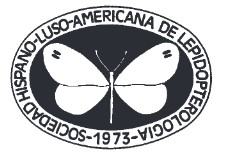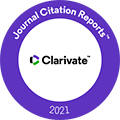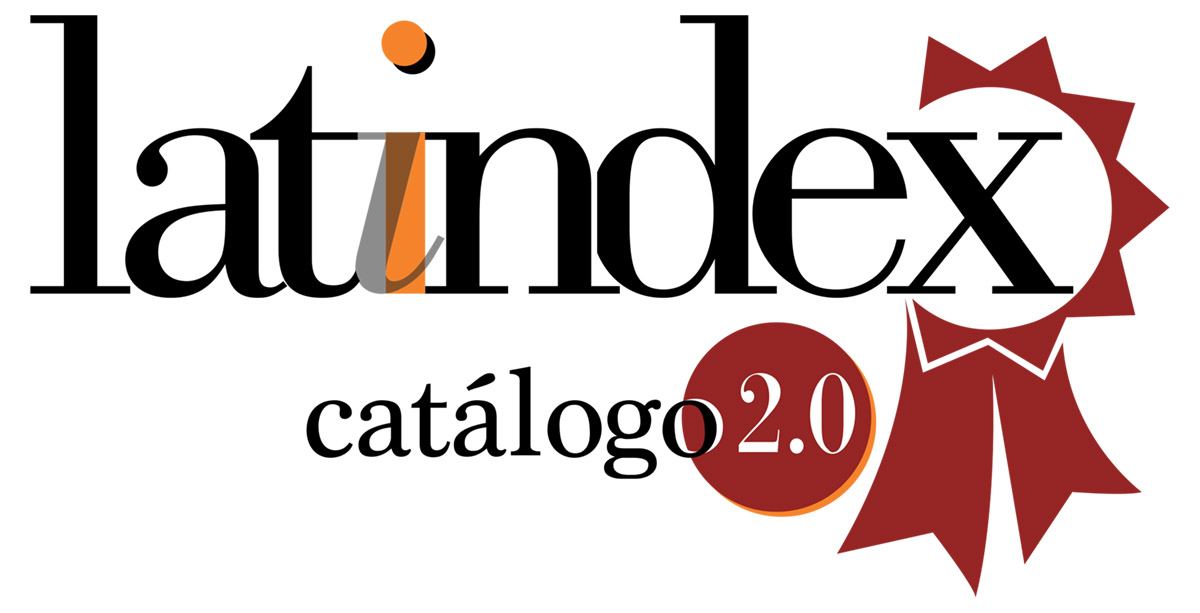Distribution, abundance and habitat selection of Eriogaster catax (Linnaeus, 1758) in Álava (Spain) (Lepidoptera: Lasiocampidae)
DOI:
https://doi.org/10.57065/shilap.320Keywords:
Lepidoptera, Lasiocampidae, Eriogaster catax, Álava, SpainAbstract
The presence of Eriogaster catax has been confirmed in 49 locations in the province of Álava and in three locations within the Condado de Treviño in the province of Burgos, corresponding to 27 UTM squares of 10 x 10 km. This brings the total number of known squares for Spain to 72, which represent a 53% increase with respect to the previous knowledge in this country. This species is widely distributed in the study area, occupying both the supratemperate and supramediterranean ecosystem layers. Nevertheless, density levels appear to be very low. With regard to habitat, this species exhibits a clear preference for gall-oak groves and their degradation stages, located mainly on the lower sections of mountain slopes and always on basic substrates. In every case, the species chosen for egg-laying were Crataegus monogyna or Prunus spinosa, in similar proportions.
Downloads
Global Statistics ℹ️
|
305
Views
|
322
Downloads
|
|
627
Total
|
|
References
AMBRUS, A., KISS, SZ., SÁFIÁN, SZ., HORVÁTH, B. & HORVÁTH, Á., 2010.– A population of Orange Eggar - Eriogaster catax (Linnaeus, 1758) (Lepidoptera: Lasiocampidae) of European conservation concern.– Natura Somogyiensis, 17: 1-6.
ASEGINOLAZA, C., GÓMEZ, D., LIZAUR, X., MONTSERRAT, G., MORANTE, G., SALAVERRÍA, M. R. & URIBE-ECHEBARRIA. P. M., 1989.– Vegetación de la Comunidad Autónoma del País Vasco: 361 pp. Servicio Central de Publicaciones. Gobierno Vasco, Vitoria.
BOLZ, R., 1998.– Zur Biologie und Ökologie des Heckenwollafters Eriogaster catax (Linnaeus, 1758) in Bayern (Lepidoptera: Lasiocampidae).– Nachrichten des entomologischen Vereins Apollo, 18(4): 315-318.
DE FREINA, J. J., 1996.– Eriogaster catax (Linnaeus, 1758). Pp. 117-120.– In P. J. VAN HELSDINGEN, L. WILLEMSE & M. C. D. SPEIGHT (eds.). Background Information on Invertebrates of the Habitats Directive and the Bern Convention. Part I. European Invertebrate Survey and Council of Europe, Strasbourg.
DE JUANA, F., MONASTERIO, Y., ESCOBÉS, R., ALBALÁ, J. L., BELAMENDIA, G., DE OLANO, I., SEBASTIÁN, J. & WEBSTER, B., 2019.– Los macroheteróceros (Lepidoptera) de los humedales de Salburua (Vitoria, Araba/Álava, España): un proyecto de ciencia ciudadana.– Boletín Sociedad Entomológica Aragonesa, 64: 165-185.
EIONET, 2014.– Species assessments at EU biogeographical level. Available from http://art17.eionet.europa.eu/article17/reports2012 (accessed 23 October 2016).
GARCÍA-PÉREZ, B., LÓPEZ-PAJARÓN, J., MORAGA-QUINTANILLA, A. & MUNGUIRA, M. L., 2009.– Datos sobre la biología de Eriogaster catax (Lepidoptera: Lasiocampidae) y nuevas citas de Cantabria, España.– Boletín Sociedad Entomológica Aragonesa, 44: 157-160.
GÓMEZ DE AIZPÚRUA, C., 1988.– Catálogo de los lepidópteros de actividad nocturna (Heterocera) de Álava, Bizkaia y Guipúzcoa, 3: 318 pp.. Servicio Central de Publicaciones del Gobierno Vasco, Vitoria.
JUBETE, F., 2019.– Eriogaster catax. Pp. 149-161.– In F. JUBETE, J. M. BAREA-AZCÓN, R. ESCOBÉS, E. GALANTE, R. GÓMEZ-CALMAESTRA, D. C. MANCEÑIDO, J. G. MARTÍNEZ, Y. MONASTERIO, A. MORA, M. L. MUNGUIRA, C. STEFANESCU & A. TINAUT. Bases técnicas para la conservación de los lepidópteros amenazados en España: 172 pp.. Asociación de Naturalistas Palentinos, Palencia.
KADEJ, M., ZAJYC, K. & TARNAWSKI, D., 2018.– Oviposition site selection of a threatened moth Eriogaster catax (Lepidoptera: Lasiocampidae) in agricultural landscape-implications for its conservation.– Journal of Insect Conservation, 22: 29-39. DOI: https://doi.org/10.1007/s10841-017-0035-7
MURRIA, E., 2006.– Contribución al conocimiento de la corología y biología del género Eriogaster Germar, 1810 en Aragón (España) (Lepidoptera: Lasiocampidae).– Boletín Sociedad Entomológica Aragonesa, 39: 361-371.
NIX, H. A., 1986.– A biogeographic analysis of Australian elapid snakes.– In R. LONGMORE. Atlas f Elapid Snakes of Australia. Australian Flora and Fauna Series, 7: 4-15. Australian Government Publishing Service, Canberra.
RIVAS-MARTÍNEZ, S. & LOIDI, J., 1999.– Bioclimatology of the Iberian Peninsula.– Itinera Geobotanica, 13: 41-47.
ROMO, H., CAMERO, E., GARCÍA-BARROS, E., MUNGUIRA, M. L. & MARTÍN, J., 2014.– Recorded and potential distributions on the Iberian Peninsula of species of Lepidoptera listed in the Habitats Directive.– European Journal of Entomology, 111(3): 407-415. DOI: https://doi.org/10.14411/eje.2014.042
ROMO, H., GARCÍA-BARROS, E., MARTÍN, J., YLLA, J. & LÓPEZ M., 2012.– Eriogaster catax.– In VV.AA. Bases ecológicas preliminares para la conservación de las especies de interés comunitario en España: Invertebrados: 45 pp. Ministerio de Agricultura, Alimentación y Medio Ambiente, Madrid.
SÁFIÁN, S., AMBRUS, A., HORVÁTH, B. & HORVÁTH, Á., 2010.– The populations and conservation of Orange Eggar - Eriogaster catax (Linnaeus, 1758) (Lepidoptera: Lasiocampidae) in the vicinity of Sopron (NW Hungary).– Szélkiáltó, 16: 23-25.
SITAR, C., DAVID, D.-G., MUNTEAN, I., IACOB, G. M,, IONICÃ, A. M. & RÁKOSY, L, 2019.– Ecological niche comparison of two cohabiting species, the threatened moth Eriogaster catax and Eriogaster lanestris (Lepidoptera: Lasiocampidae) - relevance for their conservation.– Entomologica romanica, 23: 13-22. DOI: https://doi.org/10.24193/entomolrom.23.2
VENABLES, W. N. & RIPLEY, B. D., 2002.– Modern applied statistics with S.: 495 pp. Springer, New York. DOI: https://doi.org/10.1007/978-0-387-21706-2
VERDÚ, J. R. & GALANTE, E., 2006.– Libro Rojo de los Invertebrados de España. Dirección General para la Biodiversidad, Ministerio de Medio Ambiente, Madrid.
Downloads
Published
How to Cite
Issue
Section
License
Copyright (c) 2021 F. de Juana, O. Aedo

This work is licensed under a Creative Commons Attribution 4.0 International License.
The author SS retains his trademark and patent rights to any process or procedure within the article.
The author retains the right to share, distribute, perform and publicly communicate the article published in SHILAP Revista de lepidopterología, with initial acknowledgement of its publication in SHILAP Revista de lepidopterología.
The author retains the right to make a subsequent publication of his work, from using the article to publishing it in a book, provided that he indicates its initial publication in SHILAP Revista de lepidopterología.
Each submission to SHILAP Revista de lepidopterología must be accompanied by an acceptance of copyright and acknowledgement of authorship. By accepting them, authors retain copyright of their work and agree that the article, if accepted for publication by SHILAP Revista de lepidopterología, will be licensed for use and distribution under a "Creative Commons Attribution 4.0 International" (CC BY 4.0) licence that allows third parties to share and adapt the content for any purpose giving appropriate credit to the original work.
You may read here the basic information and the legal text of the license. The indication of the CC BY 4.0 License must be expressly stated in this way when necessary.
As of 2022, the content of the print and digital version is licensed under a "Creative Commons Attribution 4.0 International License" (CC BY 4.0), licence that allows third parties to share and adapt the content for any purpose giving appropriate credit to the original work.
Previous content in the journal was published under a traditional copyright licence; however, the archive is available for free access.
When using the contents of SHILAP Revista de lepidopterología published before 2022, including figures, tables or any other material in printed or electronic format belong to the authors of the articles, the authors must obtain the permission of the copyright holder. Legal, financial and criminal liabilities in this respect belong to the author(s).
In application of the Principle of Priority of the International Code of Zoological Nomenclature, no other version than the one published by the publisher may be deposited in repositories, personal websites or similar.





























